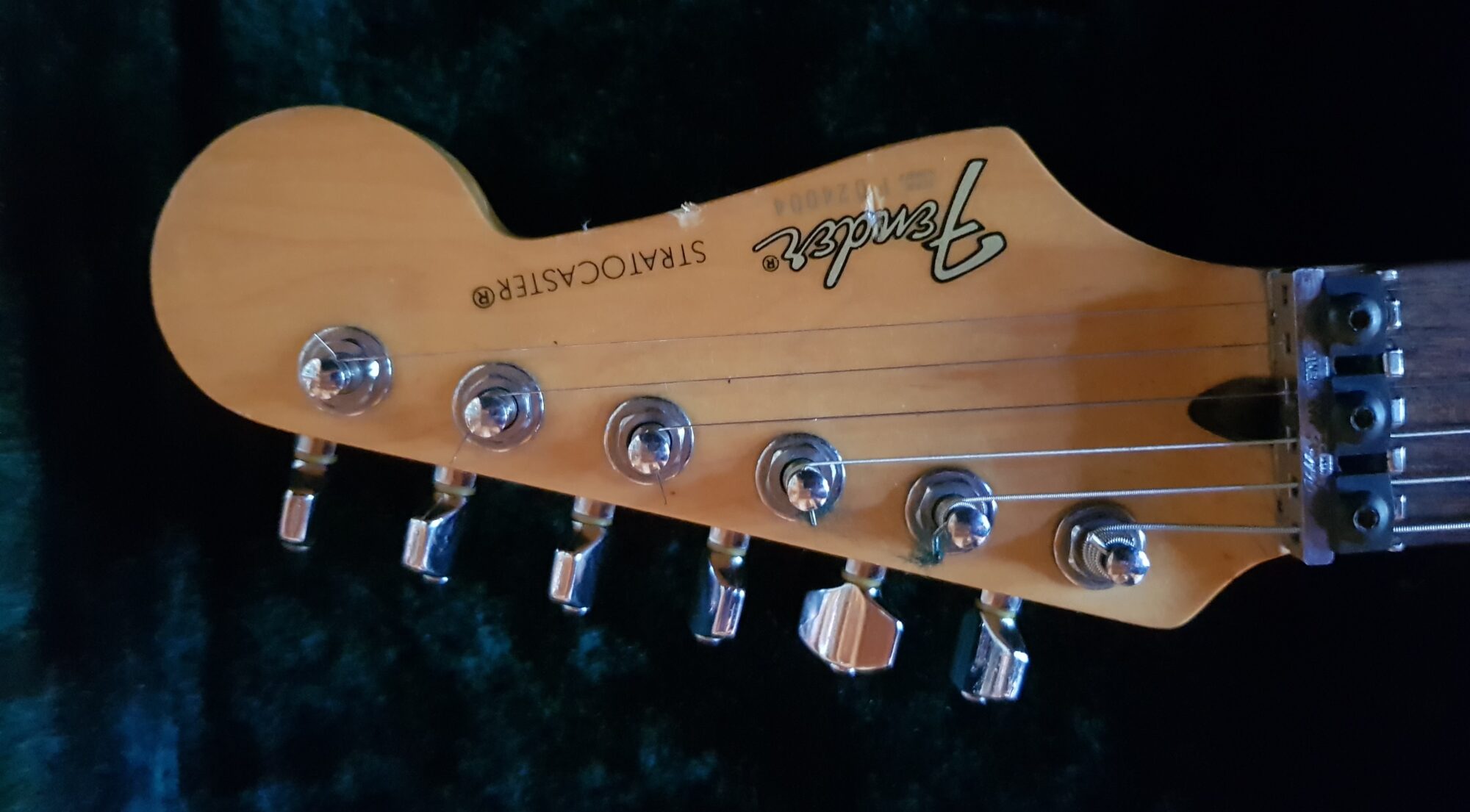Here is a blues in A. The basic form is executed with ninth and 13th chords, interspersed with bass runs outlining the 1st 3rd and 5th of each chord, with a chromatic run from 3rd to 5th. The solo style is constructed around each chord, using bends on the b3rd, and adding 2nd’s, 6th’s, 4ths and major thirds. There are minor pentatonic sequences, myxolidian sequences, and chord sequences. I tried to give extra attention to phrasing in this piece, climaxing in the second last chorus, with a sequence beyond the 12th fret, before a final chorus to recuperate in the 5th position.
Open Days at Samford and The Gap
Come along to my open days on Friday 28th January at Samford and Monday January 31st at The Gap. Book in for a trial lesson, free of charge. Say hello, and lets have a bit of a jam! All levels from beginner to veteran’s welcome! All ages welcome!
Teaching term will commence on Monday 31st January! I have openings in Samford and The Gap.
This is a piece with the help of my looper pedal. The first layer is a bass riff using the E minor pentatonic scale. Next comes some E9th chords. A third layer is 12th fre harmonics on the top three strings, which are an E minor chord. The total harmonic effect is of #9 and 9 juxtaposed – very bluesy. Then follows some soloing using the open position E minor pentatonic scale. A fourth layer is looped in with some funky Em7 chord, using a fifth fret shape. Then some more soloing up arround the 12th fret, still the E minor pentatonic scale!
Solo Piece: A damp afternoon.
Here is a solo guitar piece in A major, I have entitled “A damp afternoon”. In it I seek to evoke a strange combination of ennui and mild rapture resulting from the enforced idleness of a damp afternoon contemplating the beauty of drizzle and grey skies. The composition is built around the major scale harmonised in sixths, or inverted thirds. After repetition of an A and B phrases, the same melody is largely repeated a fourth higher, in the key of D, with the final section replaced by desending sixths to the dominant chord, E, before repeating the melody again. In the second repeat of the melody, the defending sixths are replaced by ascending sixths finishing on the root an octave above. A middle eight follows of desending chords, starting on the fourth, which becomes minor, and moving through various shapes to a dominant chord, E. The first theme is repeated again, and concludes with descending sixths over an E pedal tone, before resolving to A major to end..
The music score is available for purchase from Sheet Music Direct
